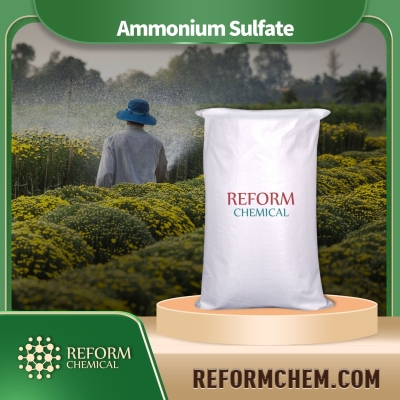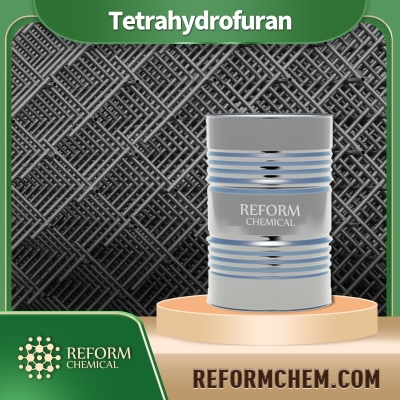-
Categories
-
Pharmaceutical Intermediates
-
Active Pharmaceutical Ingredients
-
Food Additives
- Industrial Coatings
- Agrochemicals
- Dyes and Pigments
- Surfactant
- Flavors and Fragrances
- Chemical Reagents
- Catalyst and Auxiliary
- Natural Products
- Inorganic Chemistry
-
Organic Chemistry
-
Biochemical Engineering
- Analytical Chemistry
-
Cosmetic Ingredient
- Water Treatment Chemical
-
Pharmaceutical Intermediates
Promotion
ECHEMI Mall
Wholesale
Weekly Price
Exhibition
News
-
Trade Service
Speaking of abamectin, I believe that regardless of the world, as long as there are agricultural supplies shops for a certain period of time, they have basically come into contact with this product that was once a myth
.
After achieving excellent results in the control of rice stem borers, for a long period of time, no other product could replace its dominant position.
It was not until the strong intervention of chlorantraniliprole that its market share continued to decrease.
But so far, it still holds a pivotal position in the control of rice stem borers
.
Abamectin has a very broad insecticidal spectrum.
In addition to what we know in common sense, it can kill lepidoptera, mites and nematodes, but also has certain activity against other pests.
At that time, I generally recommend that farmers try to add some abamectin to the prevention and control chemicals, the effect is absolutely different
.
Abamectin is also a kind of microbial metabolite after all, very similar to antibiotics in fungicides, and it decomposes very quickly on the surface of plants
.
According to conventional knowledge, it has eight main components A1b, A2b, B1b, B2b, A1a, A2a, B1a and B2a.
Among them, the most active is B1a, followed by B1b, so when testing its content and residue In general, these two components are tested
.
In the original drug regulations, the content of B1a must be greater than 80%, and there are no other regulations, so as long as the content of B1a in the original drug meets the standard, there will be no problems with others
.
That is, there may be 99% of the original drug, 80% of which are B1a, and the remaining 19% are B1b and several other components.
This is one of the reasons why the same content of abamectin has different effects
.
Speaking of performance effects, farmers in many regions believe that the more viscous abamectin, the better.
Of course, this does not rule out that some manufacturers seek differentiation while improving quality, but they cannot prevent small factories from following the trend and adding a lot Thickeners do not help the effect
.
It is nothing more than adding a thickener such as xanthan gum.
I have really seen the effect.
Those avermectins that are so thick that they can hardly flow down are not necessarily better than dilute, water-like avermectins.
.
Then talk about its problems in the prevention and control of nematodes.
To be honest, abamectin has also occupied the mainstream of nematode control agents for a long period of time, except for high toxicity such as methafenphos.
It is not until now that the price of thiazophos has been reduced.
Has shrunk
.
The reason for this is that abamectin is not displaceable in the soil, that is, it doesn't move anymore as the water rushes to it
.
At that time, abamectin was either an emulsifiable concentrate or a water-based emulsion.
It is precisely because of this characteristic that nematode resistance has been on the rise
.
It is that little bit of permeability.
How much effect can it have when the active ingredients come into contact with the roots very little? Now many smart people mix it with thiazophos to make granules, and the effect is better than that of avermectin.
It is much better for a single dose of vegetarian or thiazophos
.
Let’s talk about the problem of abamectin preventing and controlling pear psyllids.
The difference lies in the issue of the effective period.
Spirotetramat can prevent more than one month, while avermectin can only prevent more than 20 days.
The difference is that one kills.
The egg is a question of not killing the egg
.
The same is true when killing mites.
Abamectin can only show insecticidal activity to adult mites and nymphs, but not to eggs
.
Therefore, it exhibits insecticidal activity against adult mites and nymphs, but has almost no activity against egg mites
.
The same is true for nematodes, as long as they can show sufficient insecticidal activity against adult mites and nymphs, the others do not matter
.
Being unable to move and being unable to be absorbed by plants are severe obstacles
.
So, abamectin, worry and cherish, it has always been indispensable in the history of pesticides
.
.
After achieving excellent results in the control of rice stem borers, for a long period of time, no other product could replace its dominant position.
It was not until the strong intervention of chlorantraniliprole that its market share continued to decrease.
But so far, it still holds a pivotal position in the control of rice stem borers
.
Abamectin has a very broad insecticidal spectrum.
In addition to what we know in common sense, it can kill lepidoptera, mites and nematodes, but also has certain activity against other pests.
At that time, I generally recommend that farmers try to add some abamectin to the prevention and control chemicals, the effect is absolutely different
.
Abamectin is also a kind of microbial metabolite after all, very similar to antibiotics in fungicides, and it decomposes very quickly on the surface of plants
.
According to conventional knowledge, it has eight main components A1b, A2b, B1b, B2b, A1a, A2a, B1a and B2a.
Among them, the most active is B1a, followed by B1b, so when testing its content and residue In general, these two components are tested
.
In the original drug regulations, the content of B1a must be greater than 80%, and there are no other regulations, so as long as the content of B1a in the original drug meets the standard, there will be no problems with others
.
That is, there may be 99% of the original drug, 80% of which are B1a, and the remaining 19% are B1b and several other components.
This is one of the reasons why the same content of abamectin has different effects
.
Speaking of performance effects, farmers in many regions believe that the more viscous abamectin, the better.
Of course, this does not rule out that some manufacturers seek differentiation while improving quality, but they cannot prevent small factories from following the trend and adding a lot Thickeners do not help the effect
.
It is nothing more than adding a thickener such as xanthan gum.
I have really seen the effect.
Those avermectins that are so thick that they can hardly flow down are not necessarily better than dilute, water-like avermectins.
.
Then talk about its problems in the prevention and control of nematodes.
To be honest, abamectin has also occupied the mainstream of nematode control agents for a long period of time, except for high toxicity such as methafenphos.
It is not until now that the price of thiazophos has been reduced.
Has shrunk
.
The reason for this is that abamectin is not displaceable in the soil, that is, it doesn't move anymore as the water rushes to it
.
At that time, abamectin was either an emulsifiable concentrate or a water-based emulsion.
It is precisely because of this characteristic that nematode resistance has been on the rise
.
It is that little bit of permeability.
How much effect can it have when the active ingredients come into contact with the roots very little? Now many smart people mix it with thiazophos to make granules, and the effect is better than that of avermectin.
It is much better for a single dose of vegetarian or thiazophos
.
Let’s talk about the problem of abamectin preventing and controlling pear psyllids.
The difference lies in the issue of the effective period.
Spirotetramat can prevent more than one month, while avermectin can only prevent more than 20 days.
The difference is that one kills.
The egg is a question of not killing the egg
.
The same is true when killing mites.
Abamectin can only show insecticidal activity to adult mites and nymphs, but not to eggs
.
Therefore, it exhibits insecticidal activity against adult mites and nymphs, but has almost no activity against egg mites
.
The same is true for nematodes, as long as they can show sufficient insecticidal activity against adult mites and nymphs, the others do not matter
.
Being unable to move and being unable to be absorbed by plants are severe obstacles
.
So, abamectin, worry and cherish, it has always been indispensable in the history of pesticides
.






